Review: HTC Windows Phone 8X for AT&T
Nov 5, 2012, 3:33 PM by Eric M. Zeman
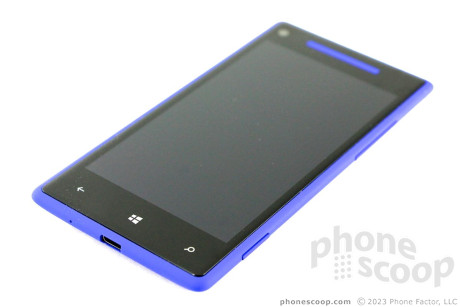
HTC delivers one of the first Windows Phone 8 smartphones in the 8X, a thin slab that includes LTE 4G, an 8-megapixel camera, and a dual-core processor. The 8X's spec sheet may be full, but we found a few things it's missing. Find out what in Phone Scoop's full report.
Form
Is It Your Type?
If you're excited about Windows Phone 8, Microsoft's hardware partners have a few models from which to choose this fall. Perhaps the slimmest of the bunch is the HTC Windows Phone 8X, which covers all the necessary specs and then some for a flagship device.
Body
The HTC Windows Phone 8X represents a bit of a break in terms of design from previous generations of HTC hardware. Certainly, it looks absolutely nothing like that HTC Titan II, the most recent Windows Phone hardware from HTC, which hit AT&T's shelves earlier this year. The 8X takes on an entirely new aesthetic, which was inspired by the blocky Windows Phone Live Tiles, according to HTC's designers.
Gone are the curved lines (usually where two different materials or colors meet) that typically run from from side-to-side on HTC's phones. Instead, the 8X is a solid piece of polycarbonate that has hard, angular corners and a simple look. To be honest, the design doesn't appeal to me all that much. It comes off as a bit blocky looking thanks to the rectangular front face. Maybe there's something in the simplicity that I'm missing. I will say this: The color options(it comes in black, red, yellow, and purple) really make the device stand out in a crowd.
There's no denying that the 8X is a big phone. It might trick you into thinking its small, but for a device with a 4.3-inch display, it should be much smaller. It's as big as some devices that have 4.7-inch displays. This can be blamed, in part, on the large bezels above and below the screen itself.
HTC didn't skimp on materials or manufacturing, though. The polycarbonate shell is strong as hell. It wraps around the sides and meets the Gorilla Glass panel protecting the display in a seamless edge.
When viewed from the bottom or the side, the 8X has a trapezoidal shape. The 8X doesn't really have sides as much as it has edges. The back surface slopes sharply to meet the front of the device. HTC did this to reduce the amount of material that actually sits in the palm of your hand. I found I could wrap my hand around the phone easily, thanks to its shape. The polycarbonate has a slight soft-touch texture and an ultraviolet layer to help protect it from the sun. It feels a bit grainy, but gives the phone plenty of grip.
The result of all the design choices and materials gives the 8X really sharp points at the four corners. However, as long as you take care to put the 8X in your pocket with the screen facing your leg, it's the most comfortable phone I've ever carried around for hours at a time.
No matter which color you choose, 90% of the 8X's front surface is black glass. The glass extends past the bottom of the display in order to provide room for the three Windows Phone buttons (Back, Home, Search). These buttons are capacitive and worked well.
There is nothing along the left edge of the 8X. The volume toggle and dedicated camera button are on the right edge. In age-old HTC form, the volume toggle is a sliver of a button. It has to fit on the 8X's sharp edge, after all. The same is true of the camera button and lock screen button (which is on top). All three of these buttons have terrible travel and feedback. I found them to be very mushy and unsatisfactory to press. I had a chance to voice this opinion directly to HTC's head designers. I can't say if the complaint really registered.
The microUSB port is on the bottom and the headphone jack is on top.
Thanks to the one-piece-polycarbonate design, the battery is completely inaccessible. There's nothing to open. The battery is built into the phone. The 8X uses a micro SIM card. It's accessible via a small tray that is located along the right edge of the device. The tray can only be ejected with the help of a SIM card tool (supplied in the box) or a small paperclip.
One glaring omission on HTC's part is support for microSD cards. Windows Phone 8 is the first version of Windows Phone to fully support removable and exchangeable memory cards. HTC decided to skip the microSD card and instead built 16GB into the 8X, about 11GB of which is accessible to the end user. Just something worth pointing out.
Looks aside, the 8X is a well-built phone. It has to be one of the strongest and highest-quality devices from HTC that I've tested.
Performance
Screen
The 8X has a 4.3-inch Super LCD II with 1280 x 720 pixels. It's excellent; sharp, bright, and colorful. I'm grateful that WP8 now supports HD displays. The 8X's screen was easy to use indoors and out. Text, icons, and graphics looked really good on the display, and finding individual pixels was a difficult chore. I had no trouble at all using the 8X as a camera even under a bright sun.
Signal
I was able to test the HTC 8X in both San Francisco and in storm-ravaged New Jersey. It performed beyond my expectations in both regions. The 8X always managed to find either AT&T's HSPA+ or LTE network with no problems and seamlessly jumped between the two. It never dropped to EDGE. No matter what the signal indicator read, the 8X was fast at browing the web, fast at downloading apps, and fast at updating Facebook and Twitter. I had no problem making calls even when the signal indicator read no bars at all. The 8X did not drop calls during my testing. It short, it was a reliable companion.
Sound
The 8X is a very good voice phone. Calls that I connected were loud and clear. Voices were always easy to hear and understand, and I thought they sounded warm and present. The volume of the earpiece isn't rock-concert loud, but it's loud enough for most environments. The same goes for the speakerphone. Call quality via the speakerphone was just as good as through the earpiece, and it's plenty loud for most uses. Ringtones and alerts will pretty much always get your attention, and the vibrate alert is jarringly strong.
Battery
I found the HTC 8X provided for an entire day of battery life no matter how it was used. I gave the phone a serious workout in LTE-soaked San Francisco, and it had more energy left at the end of the day than I did. It had no problem making it from 7AM to Midnight with 15% of 20% battery remaining when I plugged it back in. Whatever power management magic HTC has sprinkled into the 8X, it's working.
Basics
Menus
The HTC 8X is one of the first phones to run Windows Phone 8. WP8 is a significant rewrite of Microsoft's smartphone platform. We've gone over the major changes in our full review of Windows Phone 8 here, but let's briefly recap some of the biggest points.
As far as the menus are concerned, the biggest changes are reflected on the lock screen and the Start screen. The lock screen now provides customizable alerts that pop-up when the screen is locked. It's a dramatic improvement over the earlier versions of Windows Phone 8. You can choose which alerts reach the lock screen and which don't, as well as pick which type of alerts are given priority.
The Start screen is much more customizable than before. The Live Tiles can now be resized in small, medium, and large variations, and of course the Tiles can be arranged however you wish them to. Even cooler, the Live Tiles are more active with dynamic content.
The rest of the menus behave more or less the same as earlier versions of Windows Phone.
Performance of Windows Phone 8 on the HTC 8X is second only to iOS. The 8X has a dual-core Qualcomm Snapdragon Pro processor at 1.5GHz per core. Earlier versions of Windows Phone didn't support two core chips, but were still very fast. WP8 and the dual-core beast powering the 8X make for a speedy mobile machine. Every task happens immediately, and the user interface is fast and fluid.
Calls and Contacts
The phone application itself has been carried over from earlier versions of Windows Phone. It offers the same basic look and tools. It's quite simple to make calls, put them on hold, mute them, or add a line.
The People Hub remains as powerful as ever when it comes to managing your contacts in a social networking-rich environment. The biggest addition to the contacts app is the ability to create micro social networks called Rooms. They are a great way to set up small collections of your most intimate contacts for sharing and communicating.
Messaging
As with iOS and Android, WP8 has a solid email client, SMS/MMS, IM, and social networking ingrained throughout the platform. I find the email program to be quick and useful and the social networking to be particularly good. I like the People Hub and Photo Hub, each of which draw in your Facebook friends' doings and photos.
The SMS app also works as a Windows Live IM app and a Facebook Messenger app. They are all three one and the same. The user interface is spartan, but offers just as many tools as competing platforms. It's a cinch to add photos, videos, or other content to outgoing messages. I particularly like that the Messaging app handles Facebook, too. It's quite convenient to have them all in the same place. It doesn't support AIM, GTalk, or Yahoo IM.
Separate Twitter and Facebook applications are available, and they are much more robust than before. The improvements I appreciate the most have to do with speed. I always felt the WP7 Twitter and Facebook apps were sluggish. They no longer are. They update just as quickly as the iOS and Android versions, if not faster.
Extras
Media
The 8X provides the same tie-ins to Microsoft's XBox entertainment services as before. The music experience has always been good on Windows Phone devices, and the 8X is no different. The media player is a solid piece of software that syncs with iTunes, Windows 8, and older Windows desktop systems with ease. The addition of HTC's Beats Audio is icing on the cake. Music playback sounded great through my favorite headphones.
Video is another story. Windows Phone 8 will not work with iTunes movies, and the XBox Store doesn't offer video content. Your best choice for renting movies is to use the Netflix application, which is a third-party service that you need to download yourself.
The 8X doesn't even ship with YouTube. Both Microsoft and HTC make separate YouTube apps. The HTC one is far superior. I'd recommend it over the Microsoft one.
Camera
We provided an in-depth look at the new Windows Phone 8 camera app here. The big changes are faster performance, more space in the viewfinder, and compatibility with third-party "Lenses" for applying certain effects to photos. The 8X only ships with two lenses: Bing Search and CNN's iReport. (The lenses are more like augmented reality than Instagram.)
As far as the 8X in particular is concerned, the camera is extremely quick. It has the same dedicated HTC ImageChip that appeared on the company's One series devices earlier this year. Pressing the camera button — even when the phone is locked — starts the camera app in about two seconds. It focuses quickly, shoots quickly, and saves quickly.
There are more settings available in the software for tweaking the behavior of the camera, such as setting the resolution, white balance, etc. You can also apply some effects (B&W or Sepia) before taking pictures.
Photos
The 8X has an 8-megapixel shooter. Images are 8 megapixels if you shoot full frame 4:3 images. If you want to shoot 16:9 images - which better match HDTVs and PC monitors - images are 6 megapixels. Whichever you choose, pictures are good, but not great. I thought focus and white balance were sharp and accurate, respectively, but exposure was all over the map. Images taken in low light were particularly grainy and lost detail. The 8X has a flash, but as with most phone cameras, it doesn't light up much beyond about 6 feet.
Bottom line: There are better camera phones out there, but the 8X's camera suffices.
Video
The 8X captures video at a maximum resolution of 1080p HD. Results mirror those of the still camera. Focus and color are spot on, but there's more grain than I wanted to see. You'll be pleased with results taken outside on a bright day, but stuff captured indoors with little light is going to be a hazy mess. Again, the 8X suffices, but there are better options on AT&T's network.
Picture Hub
The Pictures Hub is all about the community experience. It lets you easily upload images to Facebook, SkyDrive (Microsoft's photo upload service), Flickr, or send them along via MMS or email. Microsoft wants users of Windows Phones to spread the photo lovin'.
The native gallery app only offers a few editing tools, which are limited to crop, rotate, and "auto-enhance." All this does is fix exposure, white balance, color, etc. The 8X also comes with HTC's Photo Enhancer app for those who like to spend time touching up their photos before sharing them. This separate app is a rich photo editor with a vast set of features that include crop, rotate, fix brightness, fix contrast, fix color, etc.
Apps
Microsoft boasts that the Windows Phone Store is home to more than 125,000 apps. The most important thing you need to know is this: Older apps written for WP7/WP7.5 will run on Windows Phone 8 — but not vice versa. If you're buying the 8X, you don't have to worry about app compatibility. They will all work. Microsoft has some exciting apps lined up for WP8. The biggest of which are probably Pandora and Instagram. They'll be available soon, but not immediately. There are a half dozen AT&T-branded apps on board (Family Locator, MyAT&T, AT&T Radio, etc.), but they can all be deleted if you wish.
Bluetooth
The 8X supports Bluetooth 3.0 with the typical set of profiles, such as stereo Bluetooth, object push, and phone book access. The 8X paired easily with other Bluetooth devices, including mono and stereo headsets, and other computers. I thought phone calls routed through Bluetooth headsets sounded OK, but not great. The experience was rather hit or miss. One time the 8X disconnected from the headset in the middle of a call. Music didn't sound all that great when sent to Bluetooth speakers.
Browser
The new Internet Explorer 10 browser is a significant step up from IE9. Full details about the new browser are available in Phone Scoop's full review of Windows Phone 8. In sum, it has more features, is better at rendering web pages, and absolutely flies on the 8X thanks to the speedy processor and LTE data. I still think the Android and iOS browsers are a bit more feature rich (for example, syncing tabs across devices), but IE10 will surely make fans of Windows Phone happy.
Clock
As with most smartphone platforms, the 8X has a nice digital clock on the lock screen, It also displays the day of the week and the date. I wish the clock were bigger — or at least customizable — but it is not. Thanks to the bright display, it is pretty easy to see outdoors.
GPS
My favorite feature of Nokia Maps (which is the new mapping product on Windows Phone devices) is that you can download individual US states or other countries directly to the phone. They are then fully accessible when the device is offline. Downloading the maps also makes the GPS and Maps app perform faster because it doesn't need to talk to a server across the network. Trust me when I say that Maps on Windows Phone is second to Google Maps, but just barely. It offers an incredible array of tools and functions for managing locations, sharing points of interest, and routing directions. It's all free.
The GPS radio itself performs flawlessly. It pinpointed me quickly and accurately no matter where I was.
Kids Corner
Kids Corner is a new feature in WP8 that lets parents cordon off a special area of the phone for their kids. Basically, parents put the phone into a mode that only lets kids access certain apps and features, such as cameras and games. It's meant to prevent kids from wiping their parents' phone or emailing pictures to their entire inbox.
Wrap-Up
The HTC Windows Phone 8X is a solid smartphone, both literally and figuratively. Though I'm not a superfan of the industrial design, the polycarbonate shell and shape make the 8X one of the strongest devices I've used this year.
What's most important is that the 8X delivers the goods when it comes to performance. It's a good voice phone, an excellent data device, and the battery lasts all day. The user interface is lightning quick and more customizable than ever. For those invested in Microsoft's XBox or Windows ecosystems, there is plenty of synergy between them and the 8X thanks to Windows Phone 8.
My only real complaint about the 8X is the camera, which simply doesn't do as good a job as some of HTC's other devices released this year.
If you've used Windows Phone devices in the past, the 8X is a clear and recommendable upgrade. If you're an Android or iOS user and are considering Windows Phone for the first time, the 8X delivers just as much functionality as the other platforms in a more colorful package.
Comments
No messages


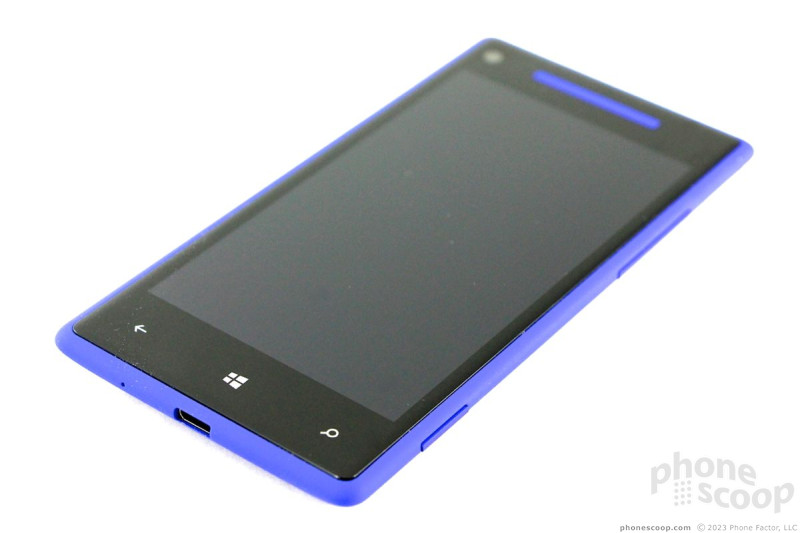

















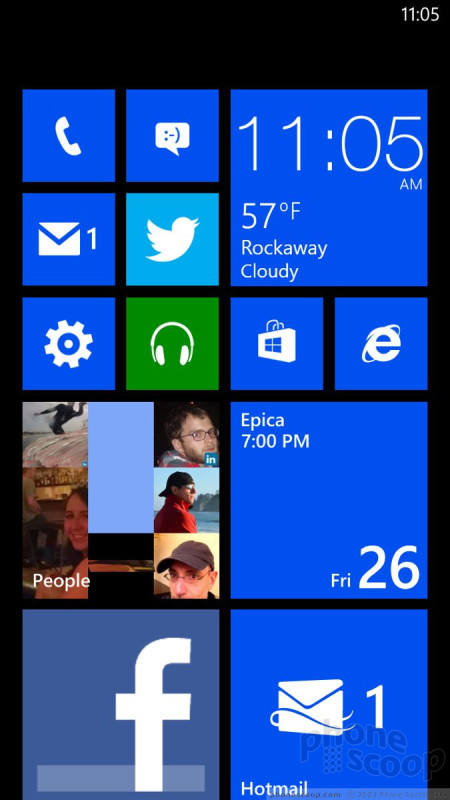






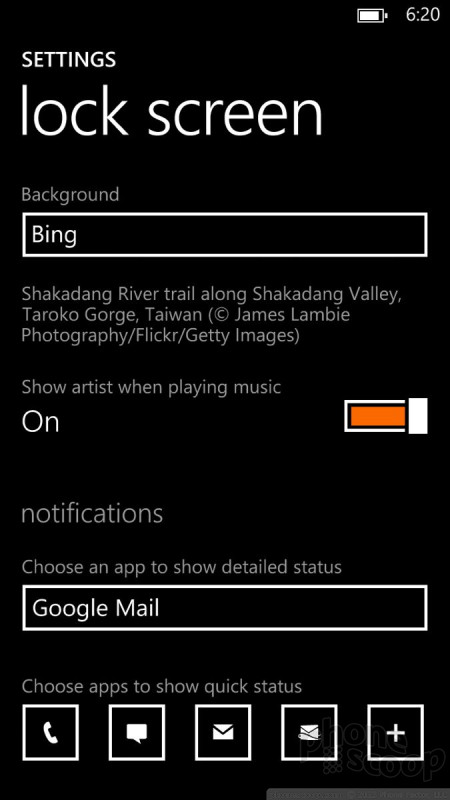




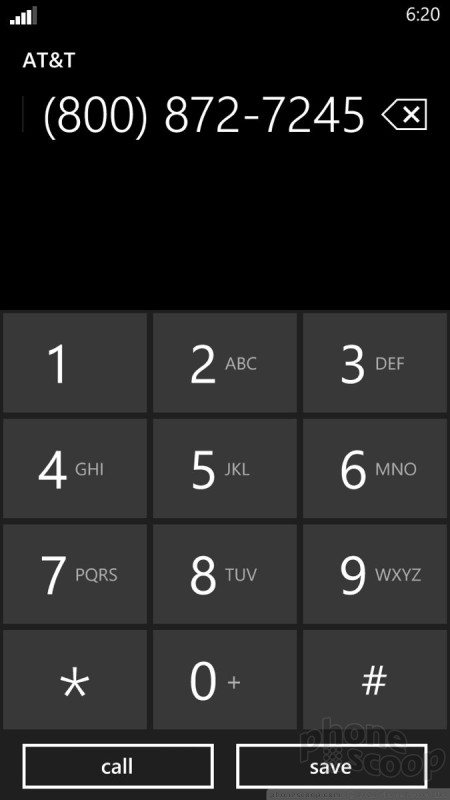


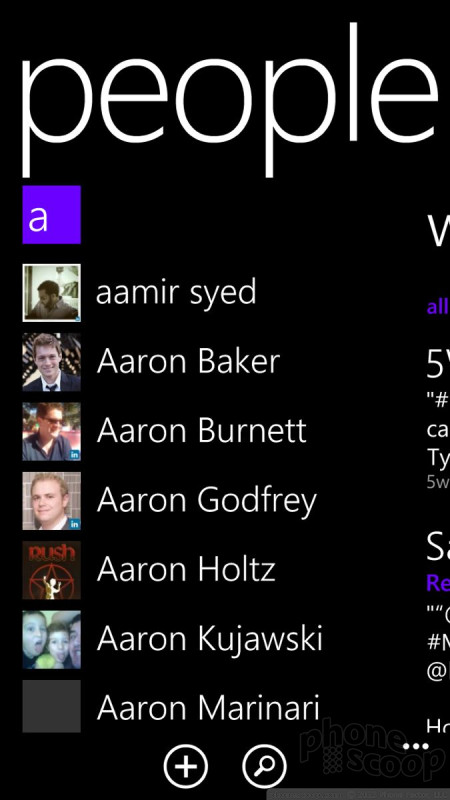





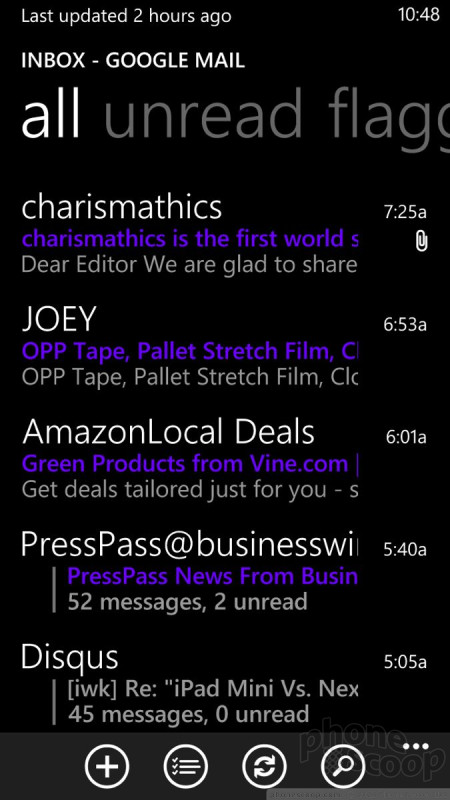





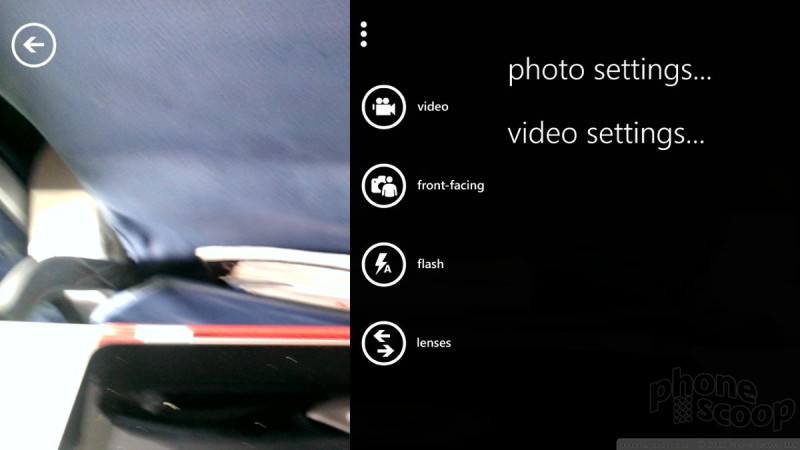



















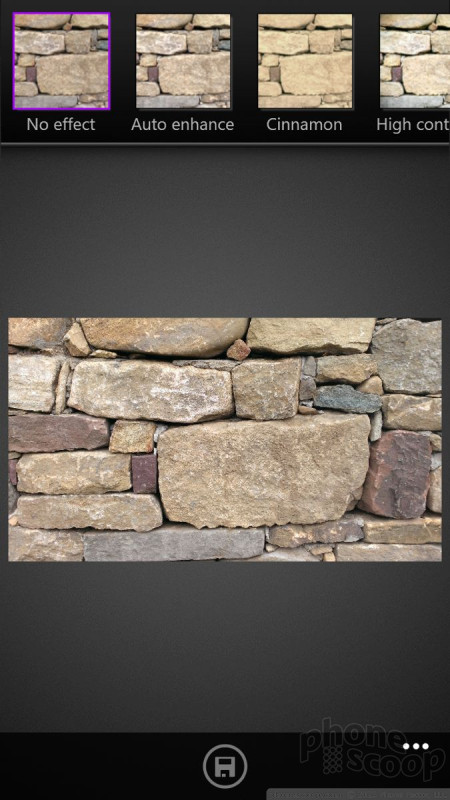







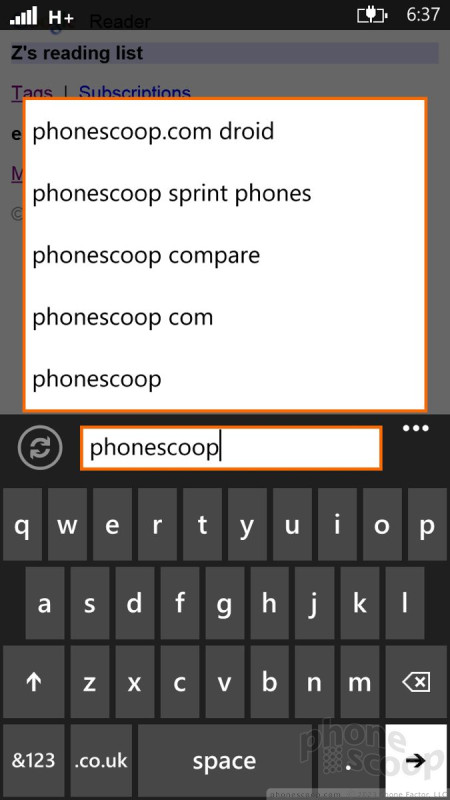





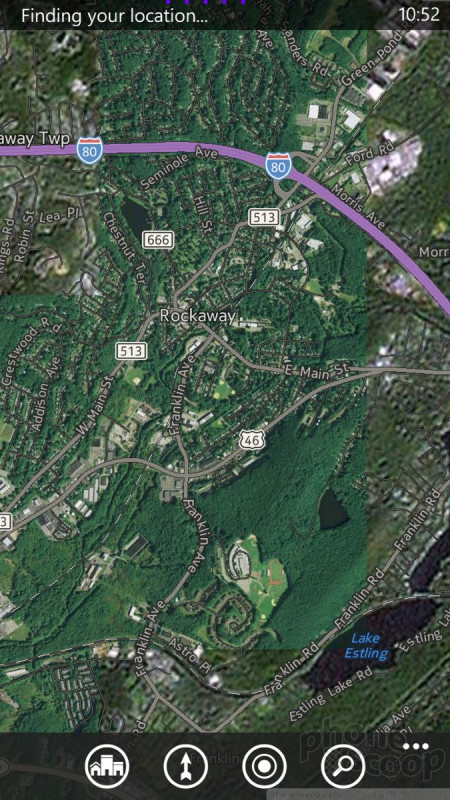



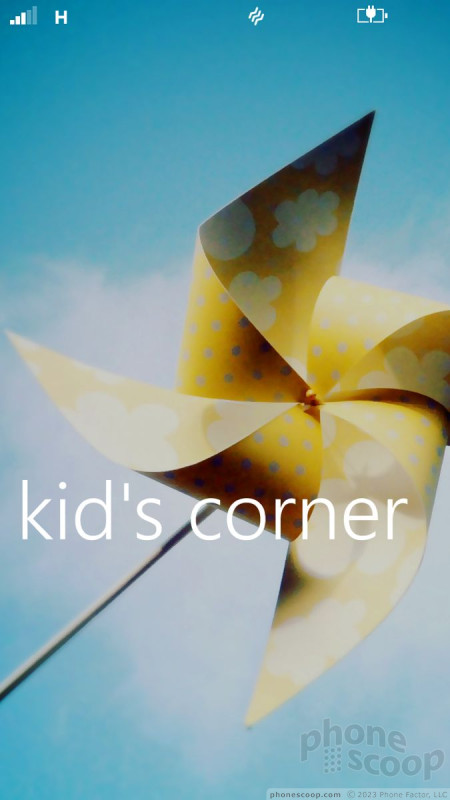




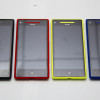 Hands On with HTC's Windows Phone 8X and 8S
Hands On with HTC's Windows Phone 8X and 8S
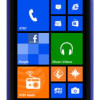 AT&T to Sell the HTC 8X November 9
AT&T to Sell the HTC 8X November 9
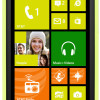 AT&T Scores Exclusive HTC 8X Color, Available by Thanksgiving
AT&T Scores Exclusive HTC 8X Color, Available by Thanksgiving
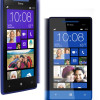 HTC Bringing Windows Phone 8 To Verizon, AT&T, T-Mobile
HTC Bringing Windows Phone 8 To Verizon, AT&T, T-Mobile
 HTC Windows Phone 8X (GSM)
HTC Windows Phone 8X (GSM)




